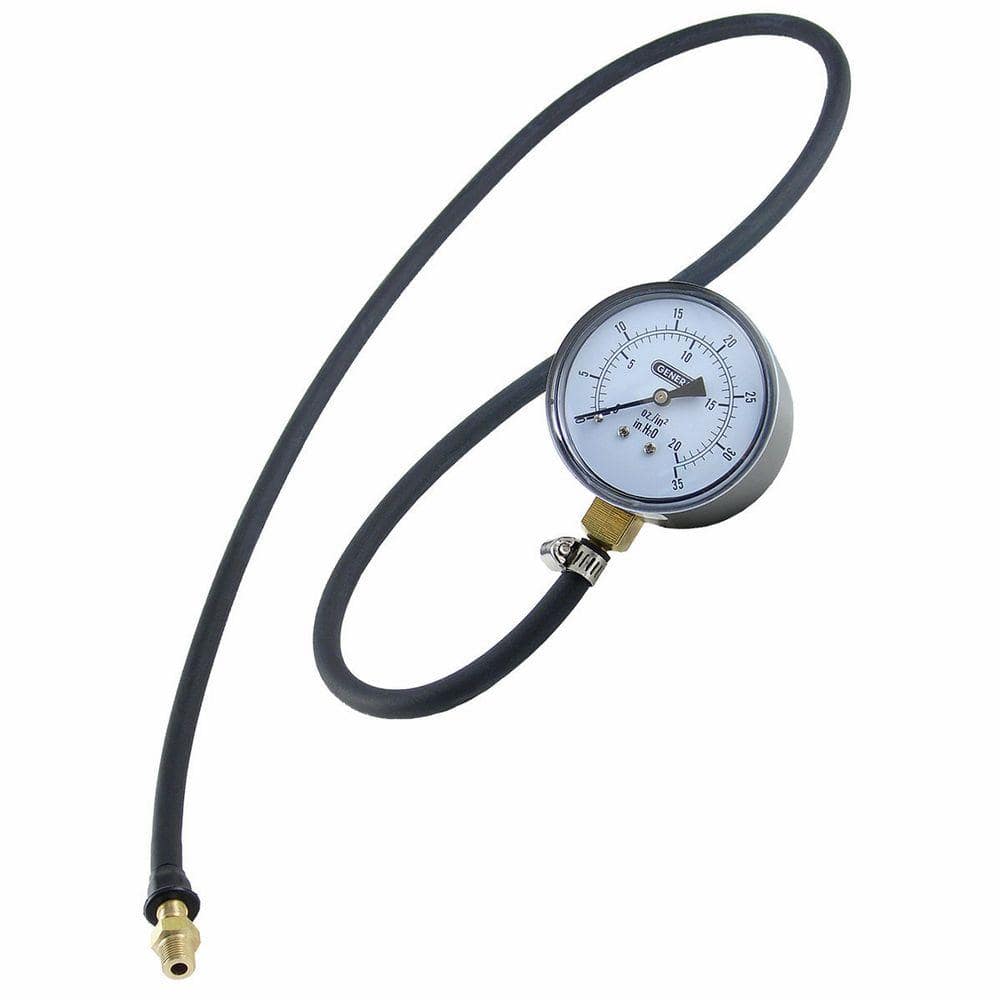bill1
Master of the Pit
- Apr 25, 2015
- 1,963
- 926
If the manufacturer specifies a 7 inch water column head at your grill, and1. Thanx for the flow info.
2. Yes 7"wc pressure.
3. Bought the grill new.
4. I have an enormous set of drills. My earlier confirmation on this got lost in the sauce.
5. I will now measure the orifices and match the btu/hr in the chart.
6. BTW the manufacturer recently gave me numbers on their orifices designating ng. They match on mine. Nevertheless, I'll measure them.
7. QUESTION: if the orifices already match the advertised btu/hr ... whats the sense in opening them up, which would be dangerous, correct? I mean I'd have no bearing or basis for selecting the new hole sizes. Unless maybe if I open them up incrementally and test them on low.
If you have accurately measured 7" wc pressure at your grill, and
If you know the total btu/h of your grill as it was designed, and
If you have accurately measured the diameters of your orifices and they match the btu/h for your grill per the chart for 7"wc, and
If you have verified no debris, spider webs etc in your line and your control valves appear to work normally,
Then you have the optimal setup as the manufacturer intended.
But if the piping out to the grill is new, it may take a while to purge out the air in it so you can deliver your gas company's ng. This is of course, dependent on the length of the line. Note also that CH4 is lighter than N2 or O2 so if you have some low spots in your line where air is trapped, it can take particularly long to start running pure ng.






